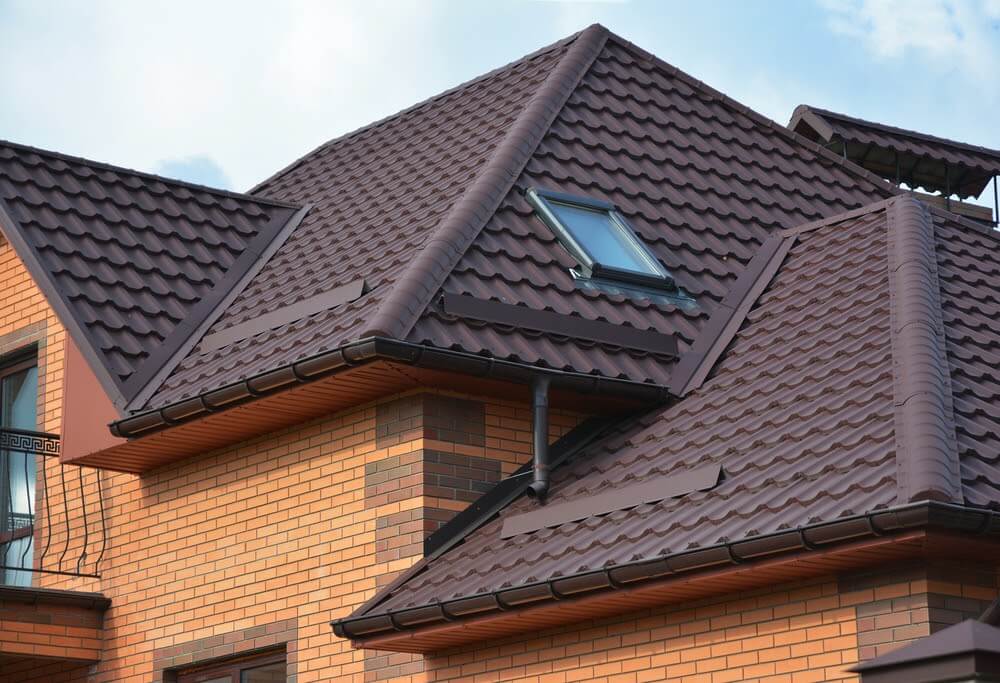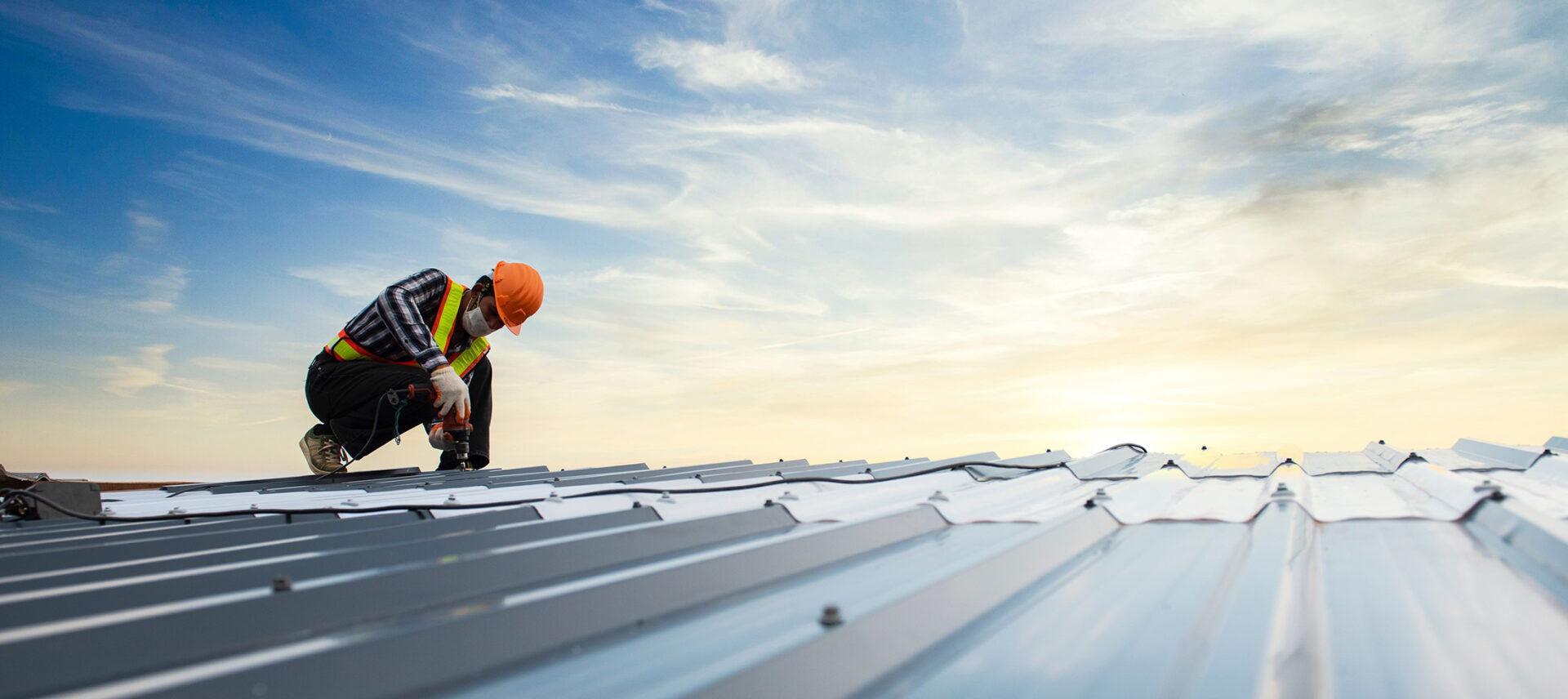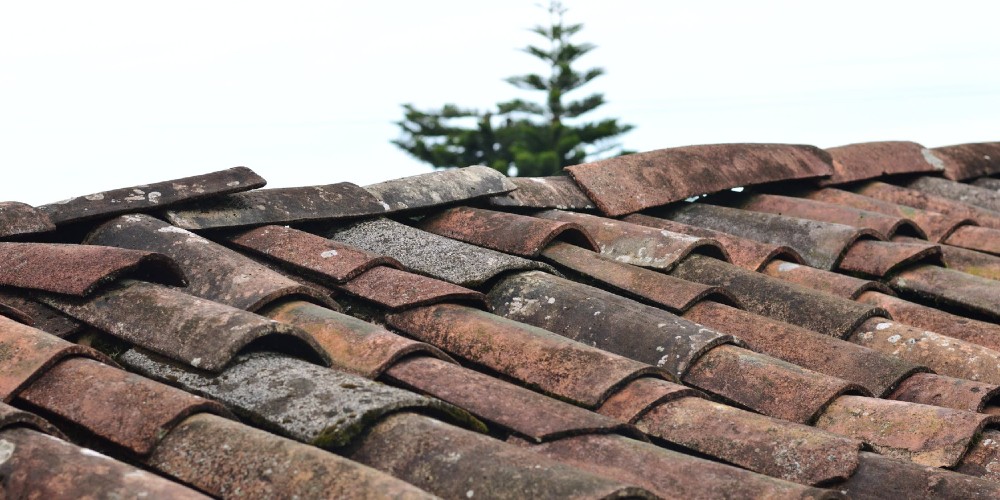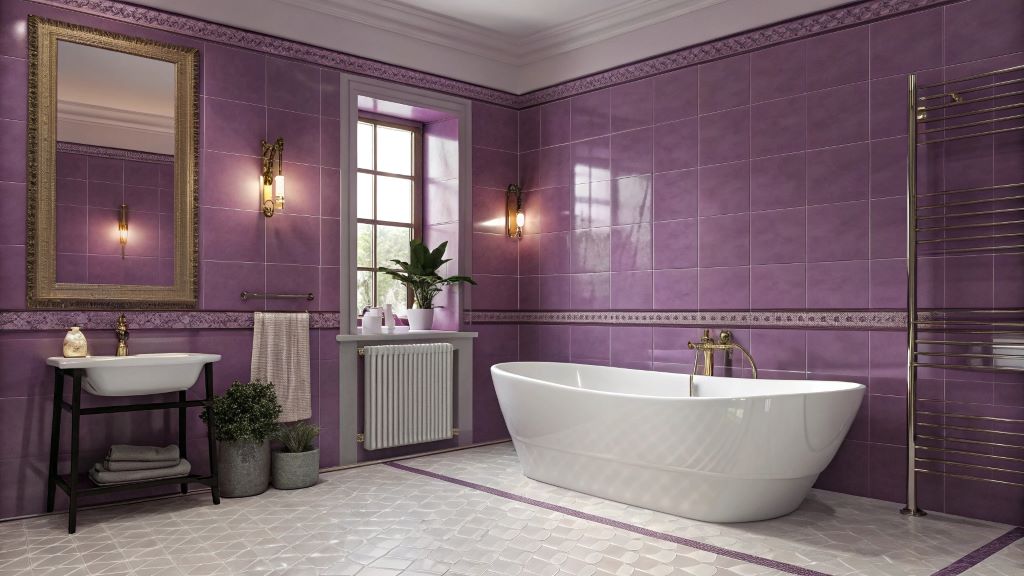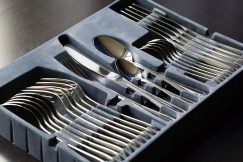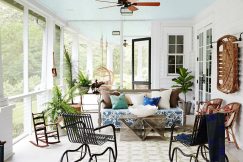Roofing is a critical aspect of any building, offering protection, insulation, and aesthetic appeal. Understanding the two main types of roofs is crucial for making informed decisions. In this article, we’ll explore various Professional Roofing options, shedding light on their features, pros, and cons.
What are the two main types of roofs?
Pitched Roofs: Soaring to New Heights
Pitched roofs, characterized by their steep slopes, are a classic choice for many homes. These include Gable, Hip, and mansard roofs.
Gable Roofs: A Timeless Peak
Gable roofs feature two sloping sides forming a triangular shape. Their simplicity, cost-effectiveness, and efficient water runoff make them a popular choice.
Hip Roofs: The Stylish Slope
Hip roofs slope on all four sides, providing excellent stability and resistance to strong winds. They are not only durable, but they also offer additional living space.
Mansard Roofs: A Touch of Elegance
Mansard roofs boast a flat top with two slopes on each side. This design allows for more living space, making it a favorite for those seeking a blend of aesthetics and functionality.
Flat Roofs: Modern Simplicity
Contrary to pitched roofs, flat roofs have a low or no slope. These include built-up roofs, modified bitumen, and rubber membrane roofs.
Built-Up Roofs: Layered Protection
Built-up roofs consist of layers of asphalt, felt, and gravel. Their durability and resistance to UV rays make them ideal for commercial buildings.
Modified Bitumen Roofs: Flexible and Resilient
Modified bitumen roofs, made of asphalt and rubber modifiers, offer flexibility and enhanced durability. They are a preferred choice for flat and low-slope roofs.
Rubber Membrane Roofs: Eco-Friendly Shield
Rubber membrane roofs, typically made from EPDM, are known for their eco-friendliness and resistance to extreme weather conditions.
Exploring Roofing Further
Factors Influencing Roofing Choices
Understanding the factors influencing roofing decisions is vital. Considerations like climate, budget, and aesthetics play pivotal roles in selecting the right roof for your property.
Climate Considerations: Tailoring to Weather Patterns
Different roofs excel in various climates. Gable roofs are excellent for shedding snow, while flat roofs suit warmer regions with minimal precipitation.
Budget-Friendly Roofing: Finding the Right Fit
Pitched roofs, particularly gable roofs, are often budget-friendly. However, long-term costs and maintenance should also be factored in when making a decision.
Aesthetics Matter: Enhancing Curb Appeal
The roof’s visual impact is undeniable. Choosing a roof that complements the architectural style of your home enhances its overall aesthetic appeal.
FAQ
Are pitched roofs more expensive than flat roofs?
While initial costs may vary, pitched roofs often prove cost-effective in the long run due to their durability and lower maintenance requirements.
Can I install solar panels on flat roofs?
Yes, flat roofs provide an ideal platform for solar panel installations. The lack of slopes allows for efficient placement and maximum sun exposure.
Do rubber membrane roofs help with energy efficiency?
Absolutely. Rubber membrane roofs, especially those made from EPDM, offer excellent insulation, contributing to energy efficiency in buildings.
Which roof type is best for harsh weather conditions?
Hip roofs, with their sloping design, are known for their stability and resistance to strong winds, making them a preferred choice in areas prone to harsh weather.
How Often Should I Inspect and Maintain My Roof?
Regular inspections and maintenance, at least twice a year, are recommended to identify and address potential issues before they escalate.
Can I convert my flat roof into a green roof?
Yes, flat roofs are ideal candidates for green roof installations, contributing to energy efficiency and environmental sustainability.
Conclusion
In conclusion, understanding the two main types of roofs empowers homeowners to make informed decisions tailored to their needs. Whether opting for the classic appeal of pitched roofs or the modern simplicity of flat roofs, each choice comes with its own unique set of benefits. Your roofing journey begins with knowledge, and now you’re equipped to embark on it with confidence.

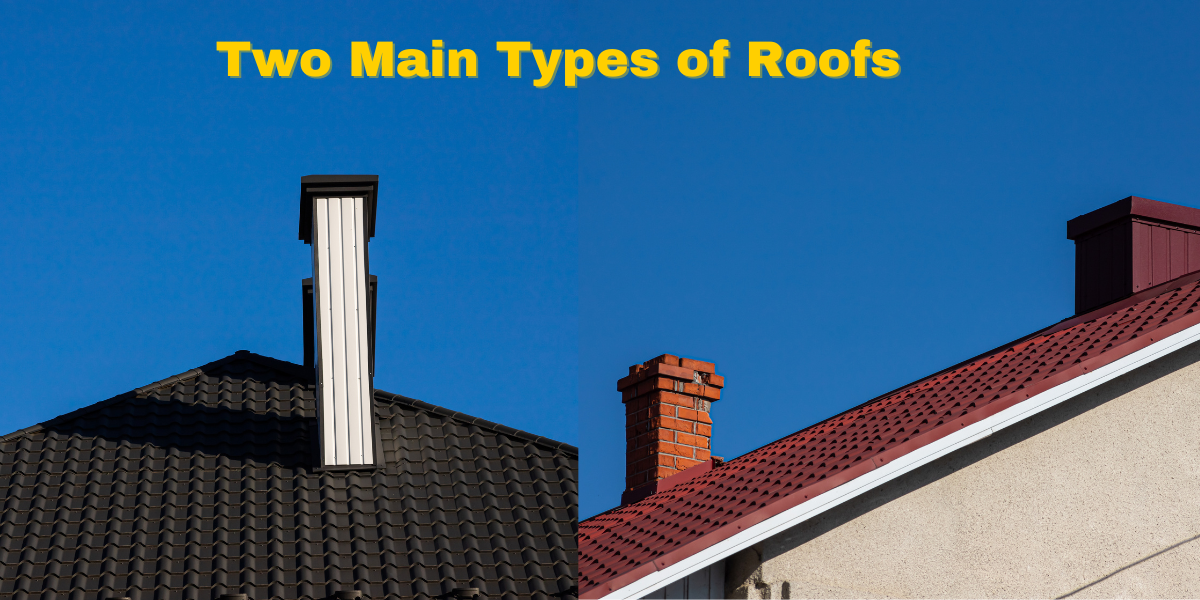
:max_bytes(150000):strip_icc()/rooftops-in-suburban-development--colorado-springs--colorado--united-states-482146191-5a9033903037130037ffd627.jpg)
